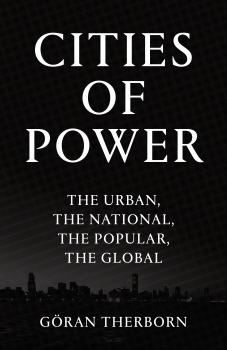ТОП просматриваемых книг сайта:
Göran Therborn
Список книг автора Göran TherbornАннотация
The intricate practices of the elite and how they maintain their dominance. In his new book, Göran Therborn – author of the now standard comparative work on classical sociology and historical materialism, Science, Class and Society – looks at successive state structures in an arrestingly fresh perspective. Therborn uses the formal categories of modern system analysis – input mechanisms, processes of transformation, output flows – to advance a substantive Marxist analysis of state power and state apparatuses. His account of these is comparative in the most far-reaching historical sense: its object is nothing less than the construction of systematic typology of the differences between the feudal state, the capitalist state and the socialist state. Therborn ranges from the monarchies of mediaeval Europe through the bourgeois democracies of the west in the 20th century to the contemporary regimes in Russia, Eastern Europe and China. The book ends with a major analytic survey of the strategies of working class parties for socialism, from the Second International to the Comintern to Eurocommunism, that applies the structural findings of Therborn’s enquiry in the ‘Future as History’. Written with lucidity and economy, What Does the Ruling Class Do when it Rules? represents a remarkable sociological and political synthesis.
Аннотация
Why are cities centres of power? A sociological analysis of urban politics Why are some cities more powerful than others? What makes a capital city different from others in a nation state? In this brilliant survey of urban politics, leading sociologist Göran Therborn looks at what makes a metropolis. Through a historical lens and a global perspective, Therborn questions received assumptions about the source of urban power and how it manifests itself. He looks at the way that architecture and social movements have had their impact on the way cities work. He explores what makes a ‘global city’. And argues that, at a time when they seem to be moving apart, there is a strong link between the city and the nation state. With examples from revolutionary Paris to the rise of the post-colonial capitals of the Global South and the mega cities of the twenty first century, Therborn forces us to think about what our urban future might look like.


